In January of this year, we covered RAW Nutrition's original preworkout supplement, Raw Pre. It was a very unique pre workout, given large ergogenic doses but low stimulants. At just 100 milligrams of caffeine, it was made for those who were more stimulant-sensitive or wanted to stack with coffee or a mild fat burner.
It was only a matter of time until the brand put out something a little more... extreme:
RAW Pre Extreme: More Caffeine, More Intensity
Some of RAW Nutrition's athletes are going for energy and performance, but not necessarily unwieldy hypertrophy-based pumps. In that case, RAW Pre wasn't a fit... but RAW Nutrition Pre Extreme is.
At 400 milligrams of caffeine per serving paired with 3.5 grams of beta alanine and 1.5 grams of L-tyrosine, this is for the sprint-style, fast-acting athlete who wants a pop from their pre workout supplement. The pump ingredients are lower, but we are introduced to an interesting arugula extract in NitroRocket that should provide solid source of natural nitrates.
If 100 milligrams of caffeine kept you out of the RAW Nutrition pre workout arsenal, then let's see what 400 will do for you. The label is below, but first check out our Raw Nutrition news alerts and coupon-based prices:
RAW Nutrition RAW Pre Extreme – Deals and Price Drop Alerts
Get Price Alerts
No spam, no scams.
Disclosure: PricePlow relies on pricing from stores with which we have a business relationship. We work hard to keep pricing current, but you may find a better offer.
Posts are sponsored in part by the retailers and/or brands listed on this page.
This area is reserved for Team PricePlow's upcoming Ingredients video.
Subscribe to our channel and sign up for notifications so you catch it when it goes live!
RAW PRE Extreme Ingredients
One scoop, 12 grams, 400 milligrams of caffeine. Let's go:
-
Beta Alanine - 3.5g
Most athletes know about the endurance-boosting amino acid, beta alanine, at this point! Here we have an above-clinical dose, so if you take a "slightly underwhelming" scoop to ease off the caffeine, you still may get clinical benefits.
Beta alanine combines with the essential amino acid L-histidine (which you can supplement in Raw EAA) to generate more carnosine.[1,2] The carnosine then helps buffer lactic acid in the muscle tissue, theoretically -- and now demonstrably -- prolonging endurance.
Two major meta analyses
There are several studies showing efficacy for beta alanine in terms of endurance, but we find it's best to cite the meta analyses that have been performed:
- 2012 - 360 participants in 15 studies: researchers concluded that endurance in exercises ranging from 1-4 minutes long was significantly improved.[3]
- 2016 - 1461 participants in 40 studies: researchers found that there was a significant endurance-boosting effect from beta alanine in exercises 30 seconds to 10 minutes long.[4]
The above research utilizes studies covering numerous types of exercises, including endurance sports like rowing, running, swimming, and cycling, but also weight lifting as well.
Safety and the tingles
In addition, a 2019 safety study stated that beta alanine "does not adversely affect those consuming it".[5] Many will feel the paresthesia (tingling effect) after taking this high of a dose, but it's known to be non-toxic.
With 3.5 grams of beta alanine paired next to 400 milligrams of caffeine... you'll be feeling this pre workout.
-
L-Citrulline Malate - 2.5g
Now we add a small amount of L-citrulline, in the form of citrulline malate. At larger doses, citrulline malate can reduce soreness and fatigue.[6,7] This is mainly accomplished via the citrulline to arginine to nitric oxide pathway,[8,9] often giving more pump. However, the clinical doses of citrulline are generally greater than what we have here, so the effects will be less pronounced if this is your only pre workout and you're not adding any other nitric oxide boosters.
The good news is that we are confident we're going to get some extract pump action through a different mechanism in NitroRocket, discussed below.
-
L-Tyrosine - 1.5g
L-Tyrosine is a non-essential amino acid, but always feels great at this dose. It helps boost the production of key neurotransmitters like epinephrine, norepinephrine, and dopamine.[10] This brings added focus alongside a mood-boost, which could reduce anxiety and stress.[11,12]
L-tyrosine for the sleep deprived
With anyone taking a 400 milligram caffeine pre workout, we're going to go on a limb and consider sleep deprivation as a reason why. And it turns out that the amino acid has shown to be incredibly useful in improving cognition, focus, and performance when in stressful, sleep-deprived situations![13,14]
L-Tyrosine is our preferred form of the tyrosine, and we generally begin to notice it at 500 milligrams, while 1 gram is our more favored entry point. Here, we have even more than that, so it's going to pair well with caffeine.
-
Betaine Anhydrous - 1g
You might need some of this (Raw Sleep) if you take Raw Pre Extreme too late in the day!
Betaine is also known as trimethylglycine, and is both a methyl donor and osmolyte, promoting general health and cell hydration.
Also known as trimethylglycine, betaine is a methyl donor that acts as an osmolyte, as it helps balance cellular hydration.[15] Research has shown that it can help balance oxygen saturation in muscle tissue, increasing oxygen stores as needed for training.[16] This can lead to greater performance (and in larger doses, greater size and strength), but we generally need more to make those claims.
We'll take this ingredient anytime, especially pre workout -- if you drink more water, you may notice a volumization effect from it.
-
NitroRocket (Arugula extract) - 500mg
NitroRocket is a trademarked arugula extract that is said to have 10% nitrates, which is going to be a higher source than those from beets, celery, or spinach. This is a very solid standardization, as raw arugula has been shown to have 4.354 mg/kg nitrate (0.43%),[17] so if chasing the effects of nitrates, this beats eating the leafy vegetable itself!
Leafy vegetables that contain nitrates have been shown to have vascular effects and increase nitric oxide levels via the nitrate‐nitrite‐nitric oxide pathway.[18]
At high enough doses, nitrates can yield some incredible benefits:
- Greater blood flow[19]
- Less oxygen spent when training[19-22]
- Improved strength via force and power production[23,24]
- Nitric oxide level increases[23,25]
- Better athletic endurance[21,22]
- Improved recovery time and cellular energy[24-26]
Sometimes the dose may need to be higher to get all of those benefits, but NitroRocket seems like a great way to get naturally sourced nitrates to get on the path to many of those improvements.
-
Caffeine Anhydrous - 400mg
The main reason we're here, a high-caffeine pre workout from RAW Nutrition that's contrary to the lower-caffeine one in their normal Pre. Also known as trimethylxanthine, caffeine can cross the blood-brain-barrier and inhibit adenosine and phosphodiesterase,[27] waking your sorry behind up.
With the upregulated neural activity, you should get improved performance and less fatigue.[27] It can also boost fat oxidation a bit, leading to more free fatty acids for you to throw at your workout.[28-30]
Strength and caffeine!
When we get up to 400 milligrams of caffeine, we can start talking about acute strength increases as well, but that often depends on body weight. Two separate reviews have concluded that a dose of 5-6 milligrams per kilogram of bodyweight can significantly boost strength.[31,32] This calculates to a 415mg-498mg dose range for your 185 pound male, and we're very close to those numbers... especially if you're on the smaller side and can handle the dose.
Would be wild to stack this with Raw Nutrition Test: Raise more than just testosterone. This is an all-around wrecking ball of a supplement, but there are definitely some lesser-traveled ingredients inside!
Finally, we have two vitamins to add to the picture:
-
Vitamin B3 (as Niacinamide) - 20mg (125% DV)
Niacin has numerous uses in the body. In our recent Revive MD Brain+ article, we focused on a few cognitive benefits, such as how it's used for energy-substrate in NAD+ production.[33]
-
Vitamin B12 (as Methylcobalamin) - 250mcg (10,417% DV)
It's not every day we get to cover a vitamin that's mega-dosed at over 10,000% the minimum daily value, but expect no less from Raw Nutrition!
We're huge fans of the methylcobalamin form of Vitamin B12, since it uses a methyl group instead of the cheaper cyanocobalamin that uses a cyanide group.[34] This is a far more efficient and less-taxing way to supplement Vitamin B12, saving the body from having to donate its own methyl group to process it, ultimately working better.[35-37]
The goal here is to avoid deficiency, which should definitely be accomplished with 10,417% DV!
Flavors Available
PRE Extreme: When 100mg caffeine's just not enough
Covering RAW Nutrition and Revive MD keeps us extremely busy, as the two brands run by Dr. Domenic Iacovone and Matt Jansen keep the products and flavors coming. We admittedly missed this one, but better late than never.
With Raw Pre at 100 milligrams of caffeine, we had a feeling that a few of the stim-driven athletes who use their products would pester them for something a bit... stiffer.
NitroRocket is a new ingredient to the PricePlow Blog, and is one we'll be following. With a general mindset that "meat is food, plants are medicine", we love when companies can pull incredible things out of our favorite leafy greens.
If you're looking for high-caffeine, high-endurance, and some arugula-powered pumps, take a look at Raw Nutrition's Pre Extreme.
RAW Nutrition RAW Pre Extreme – Deals and Price Drop Alerts
Get Price Alerts
No spam, no scams.
Disclosure: PricePlow relies on pricing from stores with which we have a business relationship. We work hard to keep pricing current, but you may find a better offer.
Posts are sponsored in part by the retailers and/or brands listed on this page.
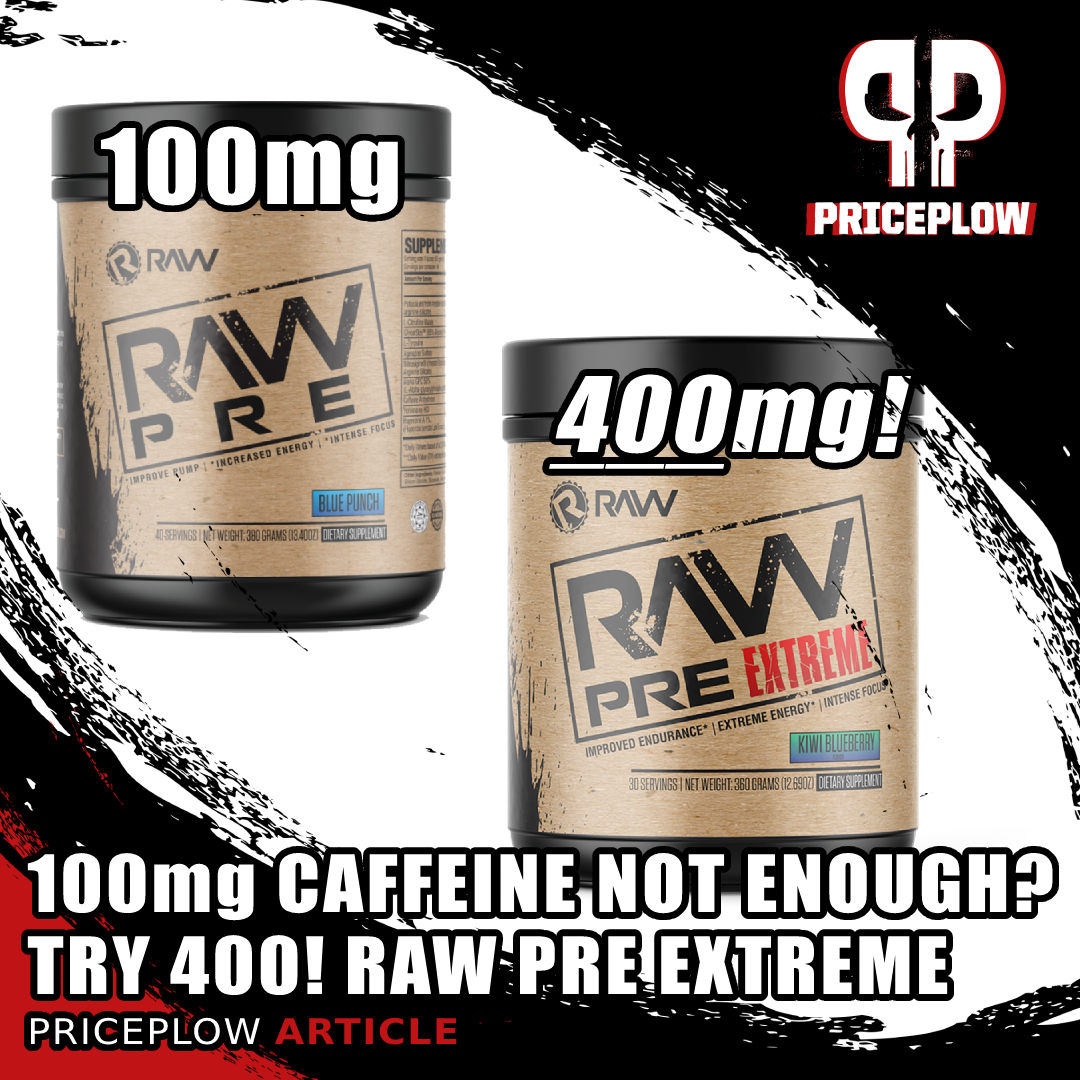
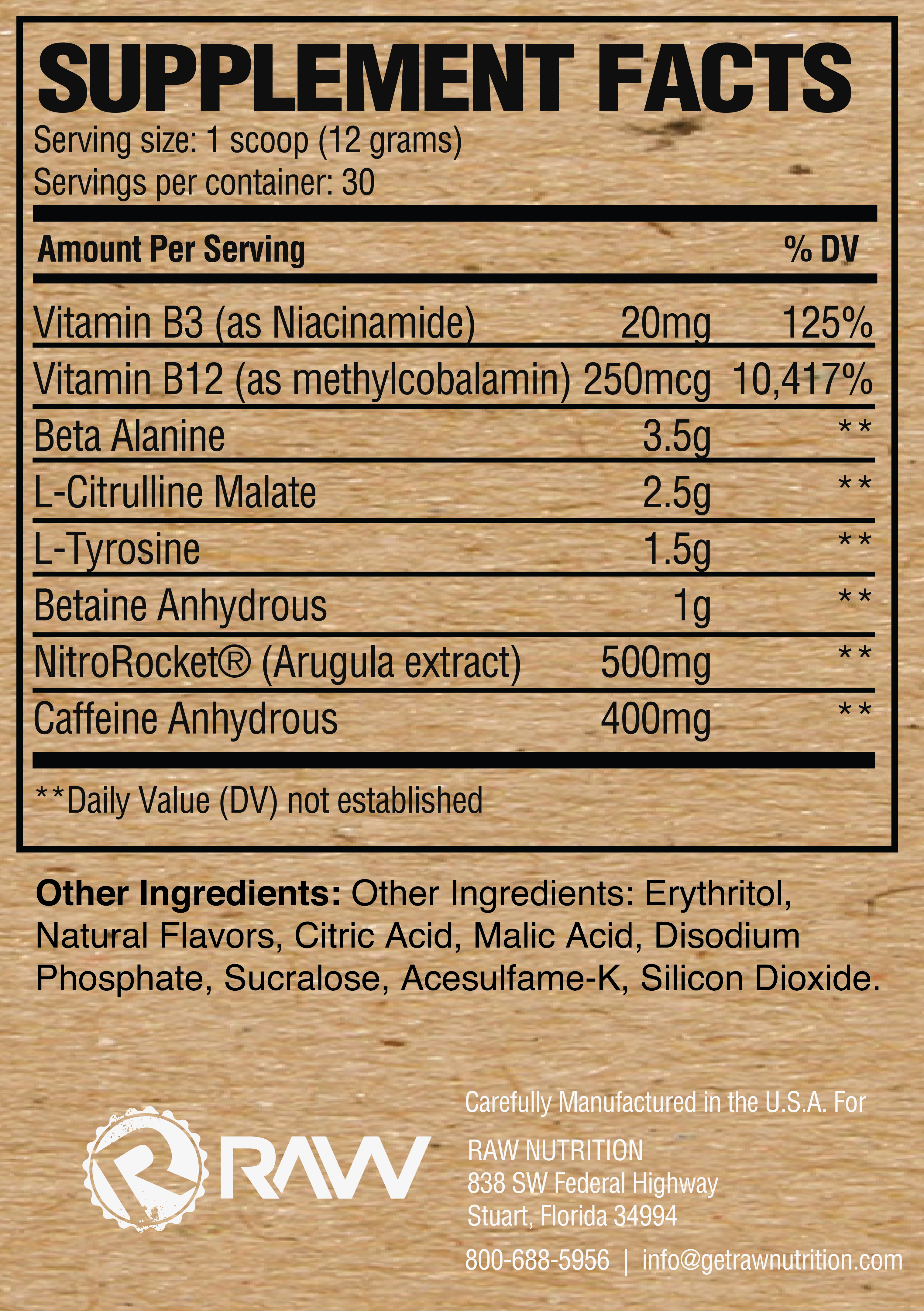
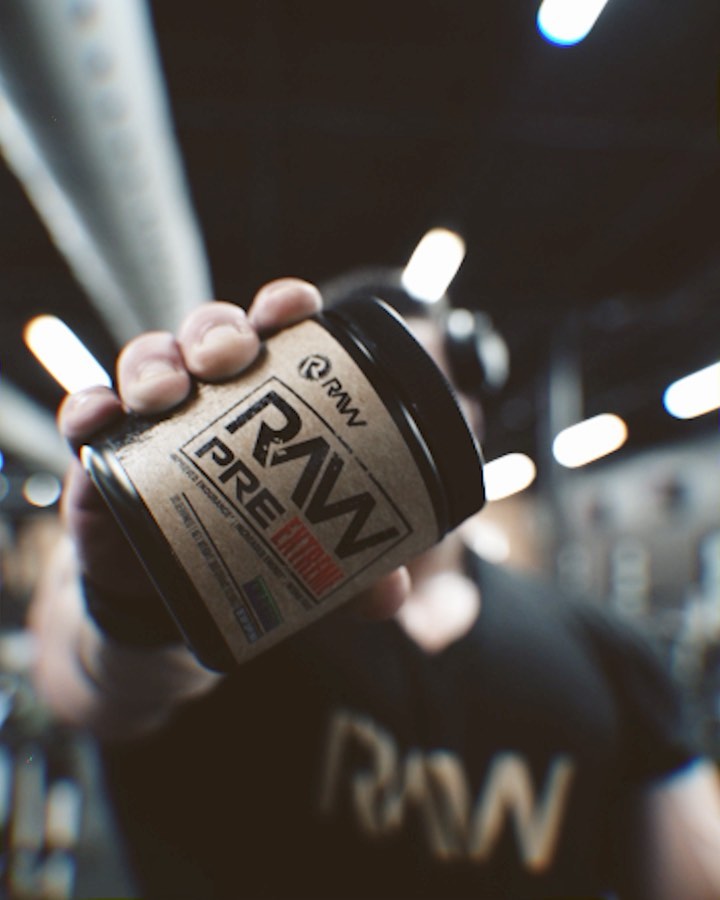
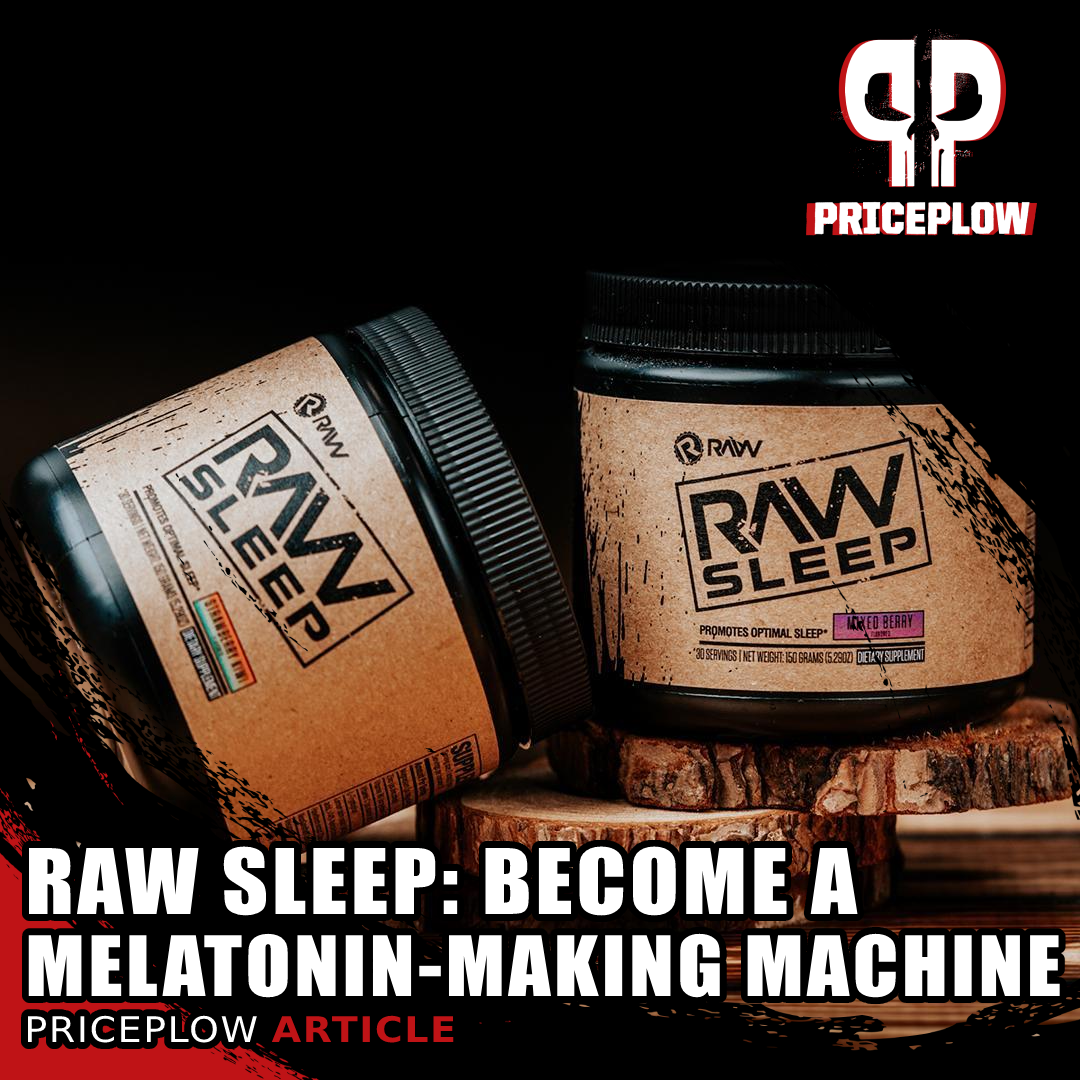

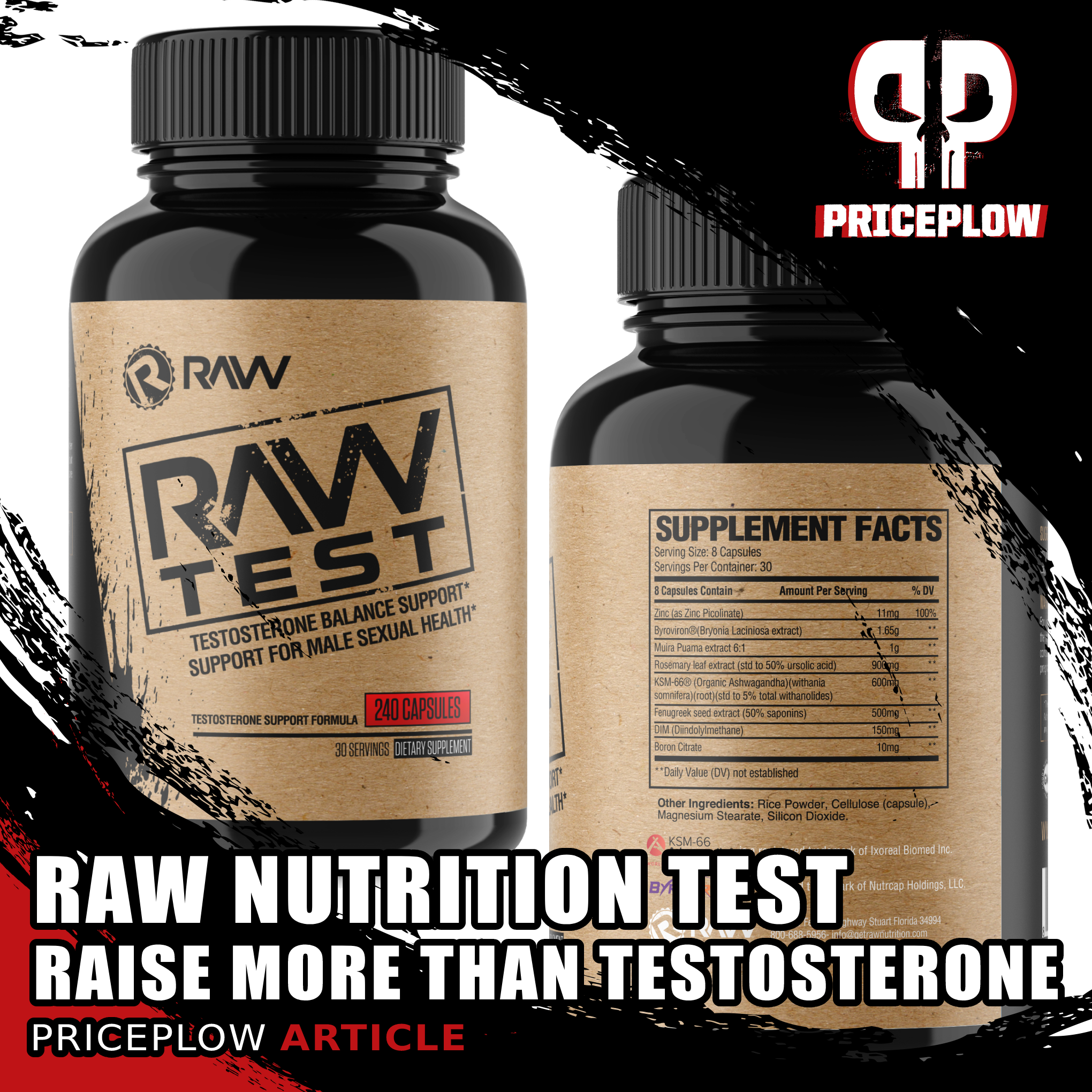
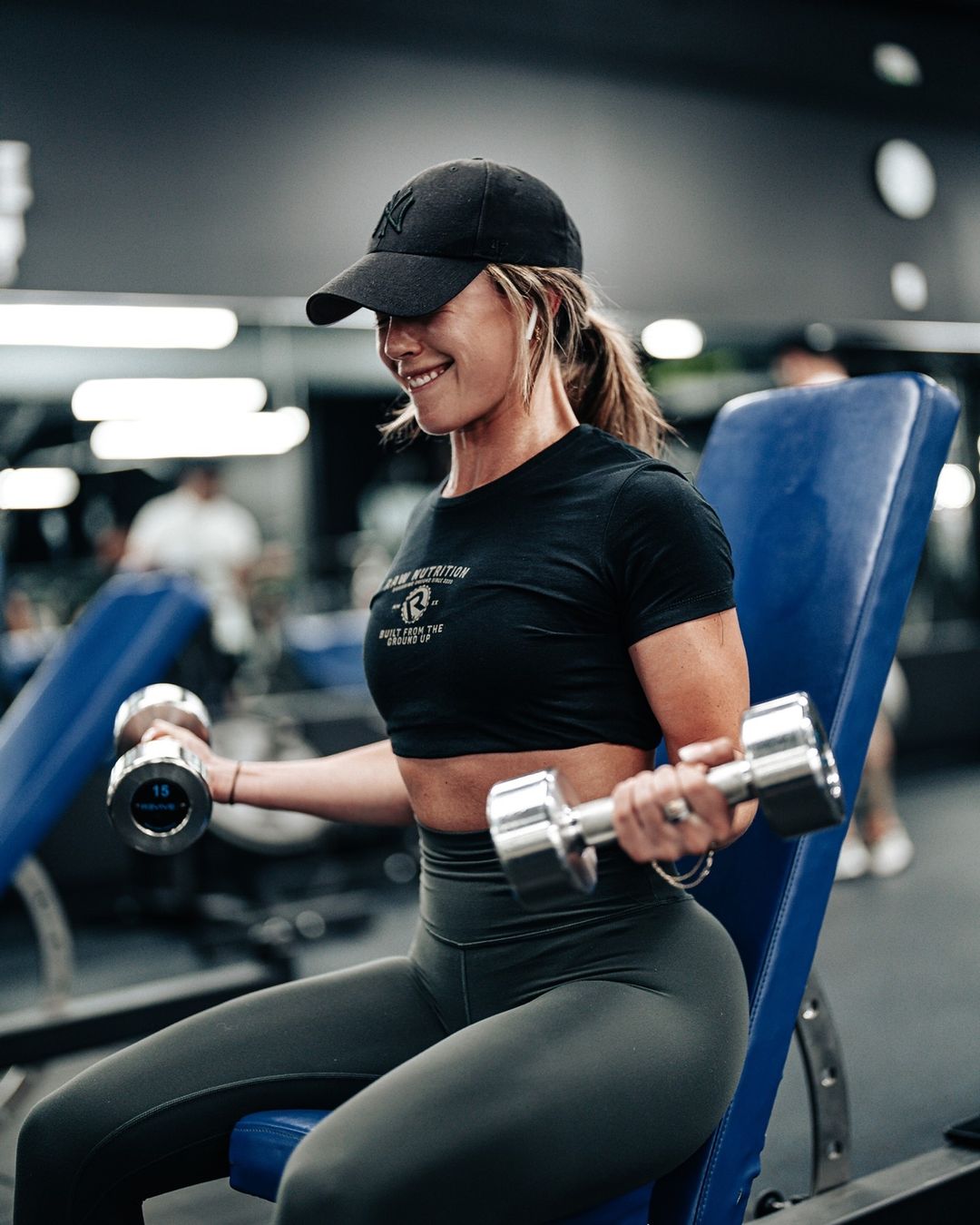


Comments and Discussion (Powered by the PricePlow Forum)